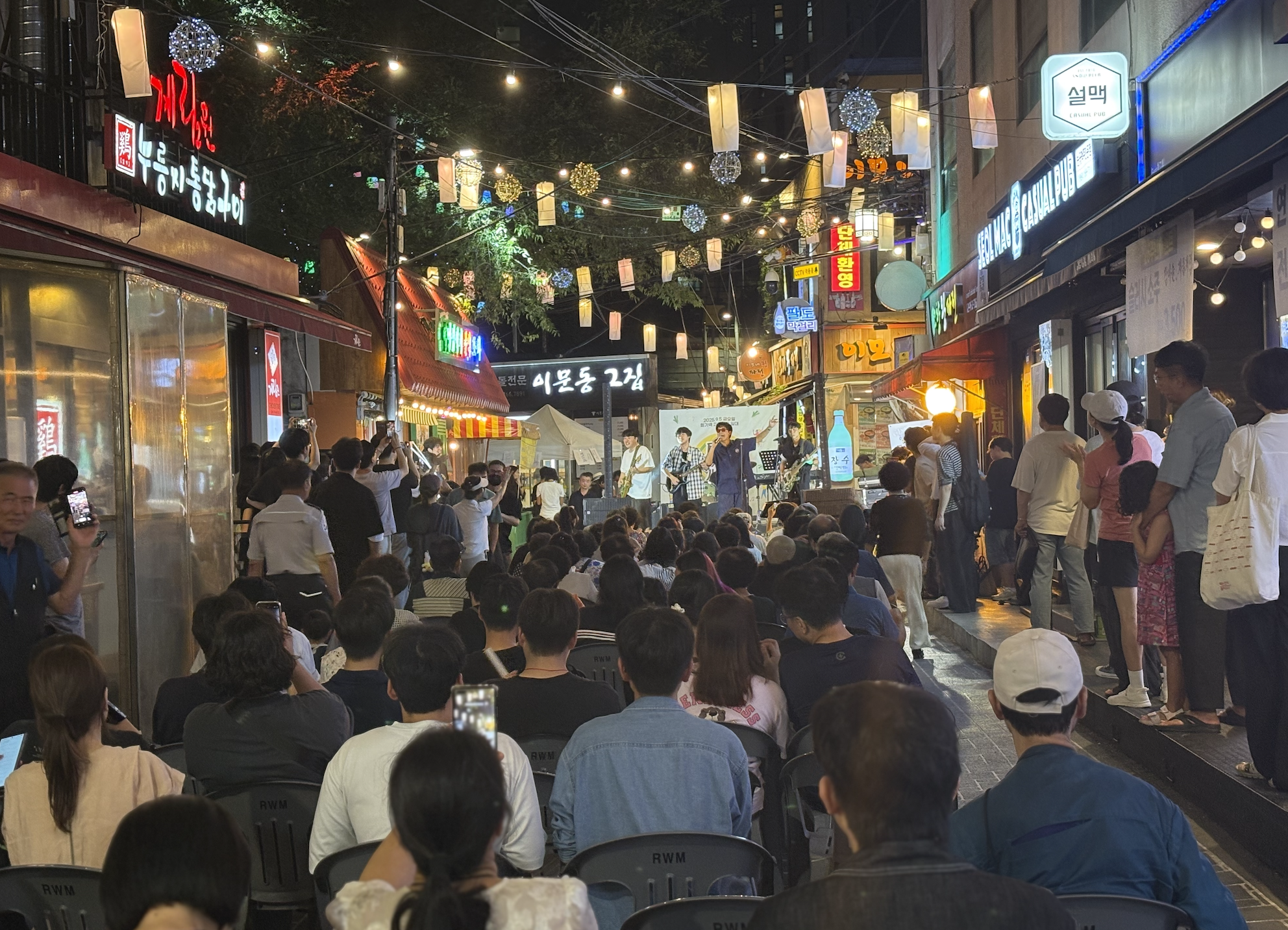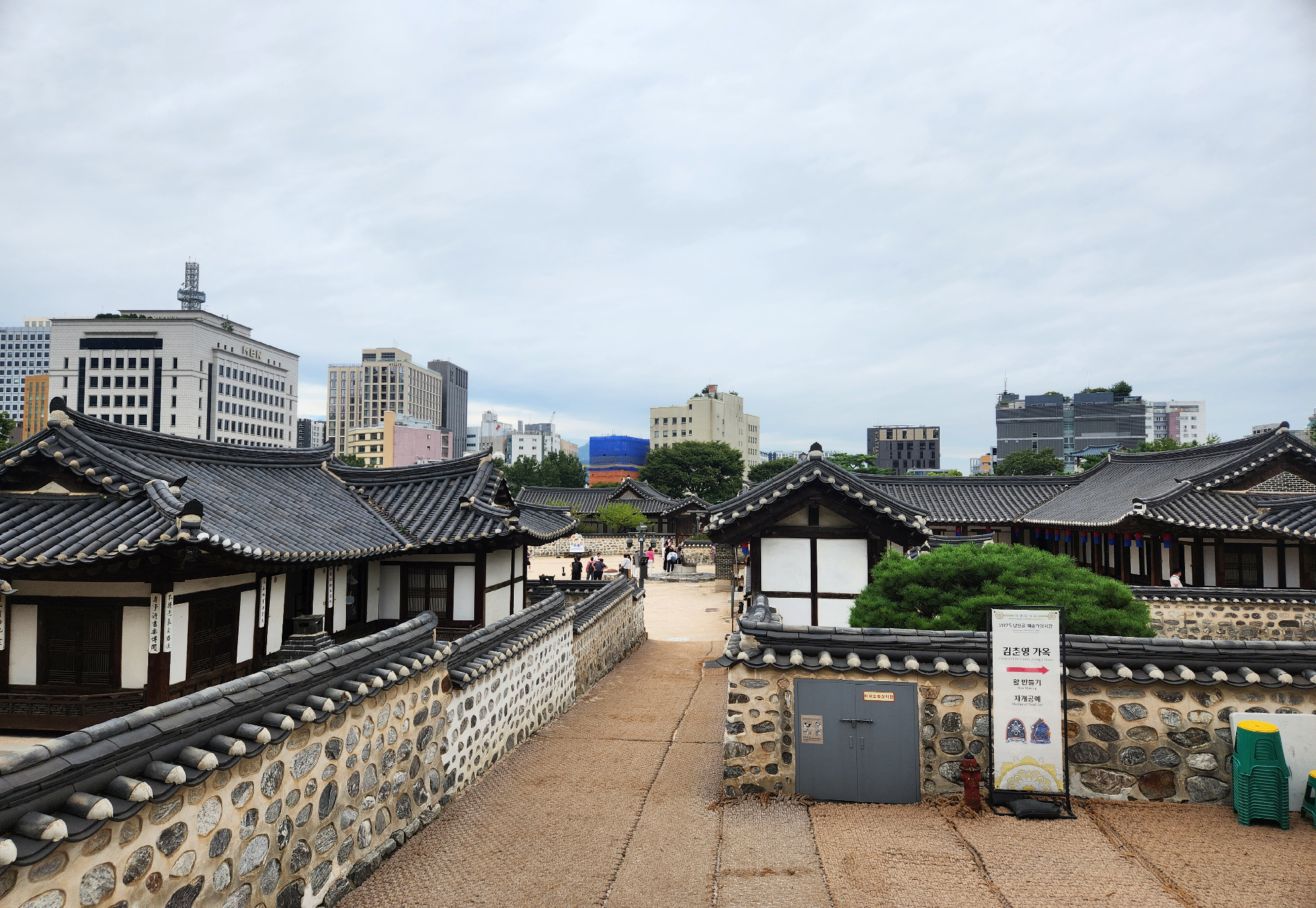[Feature] South Korea’s Shifting Protest Culture: Between Festivity and Politics
From President Yoon Seok-yeol’s declaration of martial law on December 3, 2024 to his eventual impeachment on April 11, 2025, active public engagement worked as a driving force. It was first vividly expressed at the protest held on December 14, 2024 — a direct response to Yoon’s declaration. The protest is particularly noteworthy, as it introduced a new mode of political participation. Unlike the solemn tone of past protests, it adopted a festival-like atmosphere, signaling a significant transformation in South Korea’s protest culture.
Transformation in Protest Culture
In recent protests, people have actively incorporated popular culture to share political messages in more creative and approachable ways. Protesters who came to the streets to resist the December declaration sang songs by K-pop idols together and waved light sticks, transforming protest sites into spaces full of cultural energy. Some participants even carried humorous flags, such as “Union of Writers Who Came Here with Missing Deadlines,” highlighting how satire and wit are being used to draw attention and foster connection.
A fusion of political activism and fandom culture — citizens hold light sticks as they gather for a candlelight protest to voice their political demands.
photo: kakao tv(https://tv.kakao.com)
These developments suggest that protests in Korea are evolving into more than just moments of resistance. They are becoming a new form of civic culture that encourages empathy, imagination, and broader public engagement.
Another noticeable trend is the rise of what is being called the prepaid support culture. This practice means that ordinary citizens pay in advance for food and drinks at restaurants and cafés near protest areas, allowing protesters to enjoy these items for free.
Professor Yoon Sung-yi of the Dept. of Political Science and International Relations at Kyung Hee University (KHU) explained that social media plays a key role in driving the culture of prepaid support. He noted that in past protests, organizers often purchased protest equipment for the crowd in advance. Today, however, this type of support has become more personalized and citizen-driven, largely facilitated by social media.
People now post online where prepaid items are available and update others in real time about their availability. On December 16, 2024, over 50,000 prepaid items were listed on the information-sharing platform Torchmap, with their combined value reaching approximately 200 million won.
Background of the Change: The Role of Fandom Culture
One key driver of this shift is the influence of fandom culture—particularly among women in their 20s and 30s, who made up a significant portion of recent protest participants. At the December protest the portion of women in this demographic accounted for about 28% of the total 314,412 attendees. This group also forms the core audience for many K-pop fandoms.
In a survey by Uppity, 77.7% of respondents in their 20s and 30s reported being part of a fandom of celebrities. These communities, formed around shared admiration for celebrities, often function as more than just fan clubs, acting as social collectives. Members organize group attendance at protests and discuss political issues within their circles.
At protest sites, the fans demonstrated their cultural identity by singing idol songs and waving light sticks. In response, some celebrities expressed their support. On December 13, Kwon Yu-ri of the group Girls’ Generation posted a message on a fan communication platform, cheering for fans who brought light sticks and sang the group’s songs during the protest and provided prepaid food to attendees.
Prof. Jeong Gil-hwa of Dongguk University commented in Seoul Shinmun that this gathering of fandoms in public spaces exemplifies the positive influence of K-pop and signals a shift in the role of fandom in civic society.
What the New Protest Culture Means
Reactions to this new protest culture are mixed. Supporters argue that it opens up more avenues for self-expression and lowers the barrier for civic engagement.
Prof. Kang Hyuk-min of the Dept. of Global Korean Studies at KHU noted that participation in political spaces is a natural form of civic action and that individuals are pursuing self-expression through it. He emphasized that in a democratic society, cultural and political expressions should not be separated.
Prof. Lim Hyung-jin of Humanitas College agreed to this view, stating that the diversity of expression is essential to democracy. According to him, this evolving protest style demonstrates the health of democratic participation in Korea, as it invites broader social unity and collective will.
Challenges and Future Directions
Contrast the positive aspects, critics warn that the festive tone could undermine the seriousness of the protest. They argue that when protests begin to resemble concerts or parties, their core message might be diluted.
Choi Yoon-seo, a student at the KHU’s Dept. of International Studies, remarked, “Even a serious issue like the President’s impeachment now feels too light. Some influencers are gaining excessive attention just by handing out prepaid items or showing up online.”
Concerns also exist about generational inclusion. While many young people participated, people in their 50s comprised the largest demographic group at 23.8 %, followed by those in their 40s at 19.4 %. This data illustrates that older generations are still taking a large part in the protest, though this one has brought out more young people than in the past.
Prof. Lim noted that the future may see younger generations taking the lead in protest movements, but he also cautioned that abrupt changes in style could alienate older participants.
Toward a Proper Future Direction for Protest
Because of this, striking a balance between creative expression and remaining focused on the protest’s purpose appears to be an important challenge moving forward.
Ryu Min-ju, another student from KHU’s Dept. of International Studies, said, “The real challenge now is to keep a balance between the festive vibe of the protest and its serious purpose.” This indicates that it is time that citizens should continue exploring peaceful and imaginative ways to speak out—without compromising the substance of their message.
The recent transformation in Korea’s protest culture signals more than just a stylistic change. It reflects how people’s engagement in political conversation has evolved. This new approach fosters inclusivity, lowers participation thresholds, and enhances public discourse. However, it also raises important questions about the function and future of civic protests in a democratic society. As protest culture continues to evolve, both citizens and institutions must find ways to preserve its meaning while embracing new forms of expression.
There are no registered comments.
- 1
- 2
I agree to the collection of personal information. [view]




